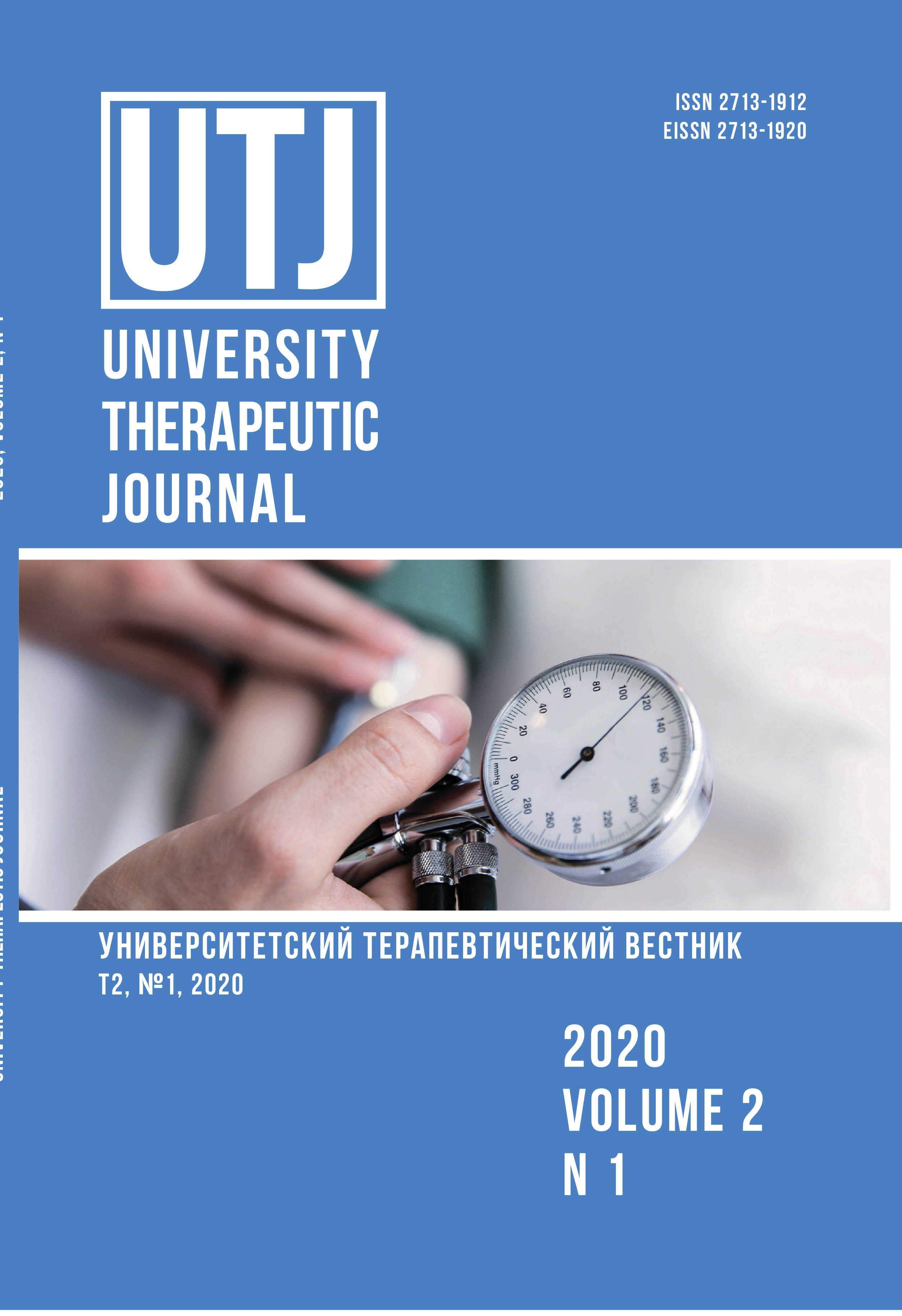NON-INVASIVE DIAGNOSTIC OF HELICOBACTER PYLORI INFECTION
Abstract
In this article, we told about three main non invasive diagnostic methods for verification Helicobacter pylori infection. First method - breath tests: C13-urease breath test and by ammonium breath test. We estimated frequency of H. pylori infection in patients with dyspepsia by ammonium breath test in St-Petersburg, Russia in three periods: 134 patients in 2008-2009, 37 patients in 2012-2013,50 patients in 2015-2016. Detection of H. pylori was made by non invasive ammonium breath test (HELIC ABT, Association of Medicine and Analytic, St-Petersburg). The process of diagnostic: 1. Drinking of carbamide solution: 0,5 g of carbamide in 50 ml of still water; 2. Hydrolysis of carbamide by urease of H. pylori: (NH2)2CO + H2O ↔ 2NH3↑ + CO2↑; 3. Detection of loading level of ammonium in oral cavity. In result of this analysis we saw that in 2008-2009 frequency of H. pylori infection in patients with dyspepsia was 78 %, in 2012-2013-56 %, in 2015-2016-45 % (p< 0.05). It can be associated with widely administered eradication therapy. Second method - serological test with detection IgG to H. pylori. We used GastroPanel test for detection of IgG anti Helicobacter pylori. Prevalence of H. pylori is high enough in dyspeptic patients by this method - 63 %. Serological test detect antibodies to H. pylori (not antigen) so it can explain the higher rate of H. pylori frequency by this test in compare with breath tests. Third method - enzyme linked immunoelectrodiffusion essay of H. pylori in the faeces.


